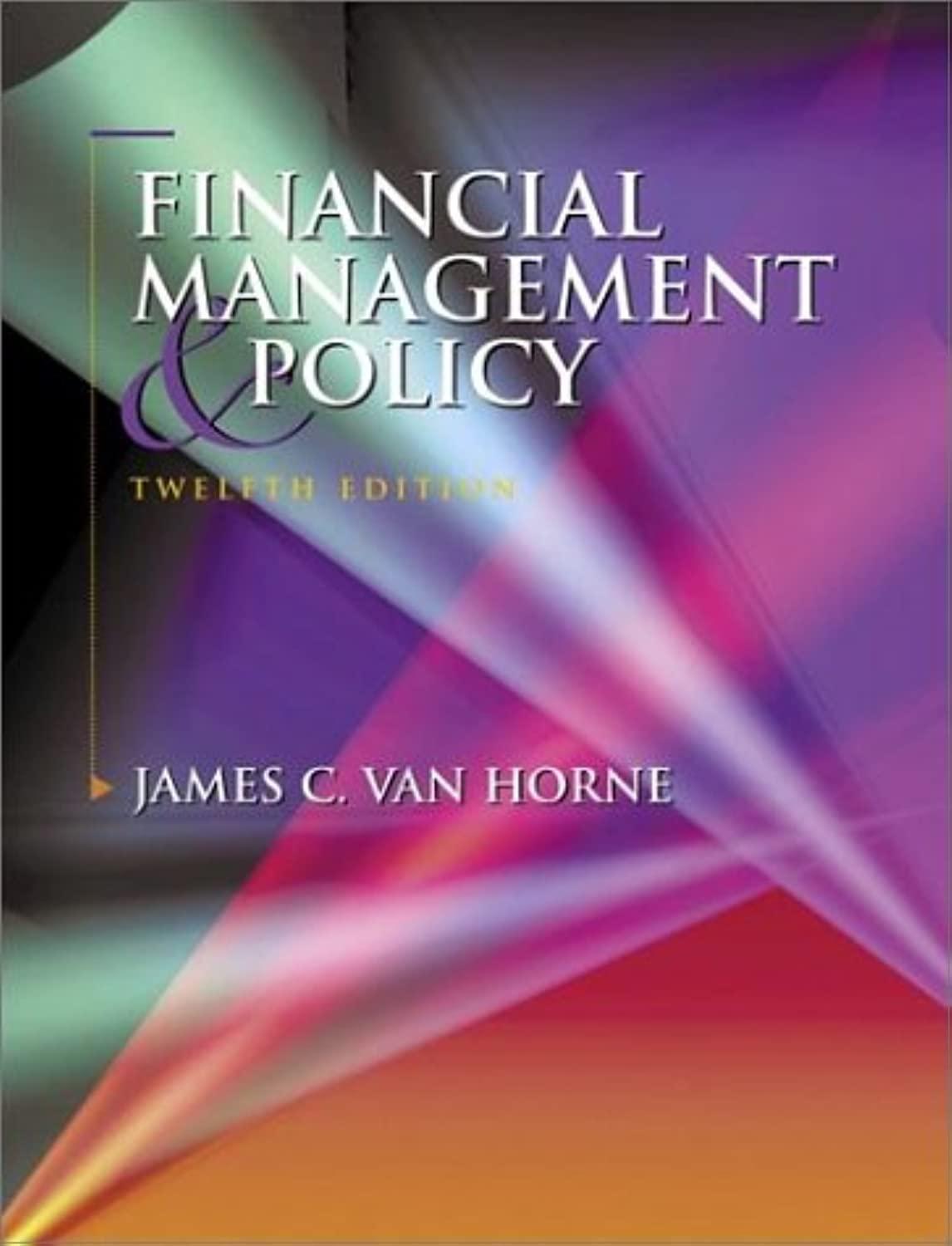310 Part III Financing and Dividend Policies The buyer and the seller of a stock have 3...
Question:
310 Part III Financing and Dividend Policies The buyer and the seller of a stock have 3 business days to settle the transaction.
Therefore, new stockholders are entitled to dividends only if they buy the stock 3 or more business days before the date of record. If the stock is bought after that time, the stockholder is not entitled to the dividend. The date itself is known as the ex-dividend date. A company cannot pay a dividend if it impairs capital.
Capital impairment rules vary according to state laws, but most consider impairment to occur when a dividend reduces the common-stock account (at par) or reduces common stock plus additional paid-in capital.
Once a dividend is declared, stockholders become general creditors of the company until the dividend is actually paid; the declared but unpaid dividend is a current liability of the company coming out of retained earnings. Most companies that pay dividends do so on a quarterly basis, though semiannual or even annual intervals are sometimes used.
DIVIDEND PAYOUT IRRELEVANCE To begin our inquiry into dividend payout (dividends/earnings), let us see what happens when perfect market assumptions hold. If dividend payout is a matter of indifference to investors, the corporation will treat retained earnings simply as a means of financing.
Dividends as a Residual Under these circumstances, each period the company must decide whether to retain its earnings or to distribute part or all of them to stockholders as cash dividends.
(We rule out share repurchase for now.) As long as there are investment projects with returns exceeding those that are required, it will use retained earnings, and the amount of senior securities the increase in equity base will support, to fiance these projects. If the firm has retained earnings left over after financing all acceptable investment opportunities, these earnings then will be distributed to stockholders in the form of cash dividends. If not, there will be no dividends.
When we treat dividend policy as strictly a financing decision, the payment of cash dividends is a vassive residual. The amount of dividend .v a,v out will fluctuate from period to period in keeping with fluctuations in the amount of acceptable investment opportunities available to the firm. If these opportunities abound, Residual dividend the percentage of dividend payout is likely to be zero. On the other hand, if the policy pays out only firm is unable to find profitable investment opportunities, dividend payout will be excess cash. 100 percent. For situations between these two extremes, the payout will be a fraction between zero and one.
The treatment of dividend policy as a passive residual determined solely by the availability of acceptable investment proposals implies that dividends are irrelevant;
the investor is indifferent between dividends and retention by the firm. If investment opportunities promise a return greater than their required return, the investor is happy to have the company retain earnings. Contrarily, if the return is less than the required return, the investor prefers dividends. A residual theory of dividend policy does not necessarily mean that dividends need fluctuate from period to period in keeping with fluctuations in investment opportunities. A firm may smooth out actual payments by saving some funds in surplus years, in anticipation of deficit years. If forecasting is relatively accurate, the firm can establish its dividend payment at a level at which the cumulative distribution over time corresponds to cumulative residual funds over the same period. The fact that dividends Chapter 11 Dividend Policy: Theory and Practice 311 do not correspond to residual funds period by period does not negate the residual theory of dividends.
Modigliani and Miller Position Our friends from Chapter 9 on capital structure, Modigliani and Miller, have moved on to dividend payout? Not surprisingly, they make a comprehensive argument for irrelevancy. They assert that, given the investment decision of the firm, the dividend-payout ratio is a mere detail. It does not affect the wealth of shareholders.
MM argue that the value of the firm is determined by the earning power of the firm's assets or its investment policy and that the manner in which the earnings stream is split between dividends and retained earnings does not affect this value. The critical assumptions are:
Step by Step Answer:







